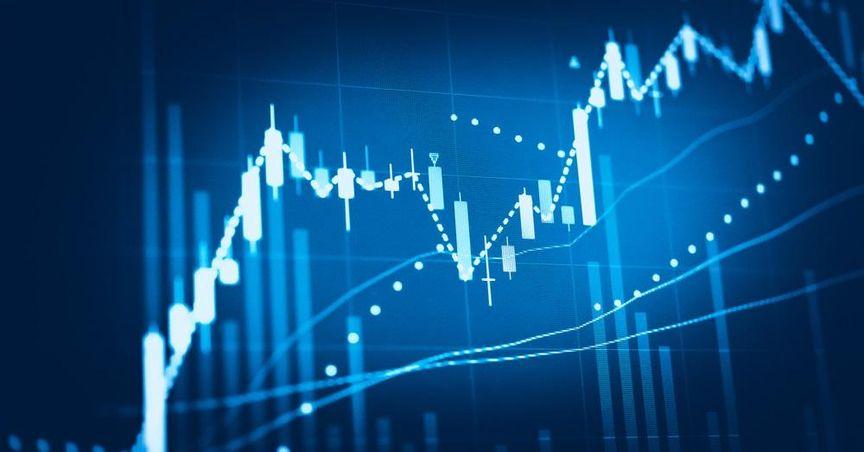Highlights
- Australian sharemarket achieves an all-time high driven by health sector gains.
- Key stocks in the banking and mining sectors show varied performances.
- Corporate news highlights significant moves in retail and food industries.
The Australian sharemarket set a new all-time high on Tuesday, driven by strong performances in health stocks and broader sector gains. The S&P/ASX 200 index rose 0.6%, closing at 8494.2, marking its third record high within a week. Gains in key sectors propelled the index past the 8500 mark for the first time, taking year-to-date growth to over 11%.
The health sector emerged as the top performer, while utilities saw declines influenced by weaker performances from AGL (ASX:AGL) and Origin Energy (ASX:ORG). On the other hand, consumer sentiment was bolstered by retail gains, as Metcash (ASX:MTS) shares surged 7.5%, marking their best day in three years. Analysts attribute this performance to expectations of a recovery in its hardware division, leading to an upgrade from a neutral to a positive outlook.
The financial sector contributed to the index’s growth, with strong performances from major banks. ANZ (ASX:ANZ) led the gains, climbing 1.1% to close at $31.71. Westpac (ASX:WBC) reached a seven-year peak before closing slightly lower at $33.61, while Commonwealth Bank (ASX:CBA) took a breather after record highs, dipping 0.3%.
Mixed results were observed in the mining sector as iron ore prices steadied. BHP (ASX:BHP) and Rio Tinto (ASX:RIO) saw slight declines, while Fortescue Metals (ASX:FMG) gained 2.1%, reflecting a positive response to the stabilization of commodities markets.
In the corporate landscape, Collins Foods (ASX:CKF) faced challenges, with shares dropping 4.3% following a revision of its earnings guidance due to inflationary pressures. Woolworths (ASX:WOW) also struggled, shedding 0.4% amid ongoing industrial action impacting food sales. Meanwhile, Zip Co (ASX:ZIP) saw a slight dip of 0.6% as leadership changes were announced.
Economic data added a layer of optimism, with Australian public investment reaching a record $183 billion, largely attributed to increased defense spending. This is expected to boost GDP figures set to be released later this week. However, the Australian dollar remained under pressure, influenced by ongoing challenges in the Chinese yuan and global trade tensions.
The ASX’s robust performance underscores the resilience of the Australian economy amid sector-specific shifts and international dynamics. Sectors such as banking, mining, and retail continue to drive market movements as the year approaches its end.





